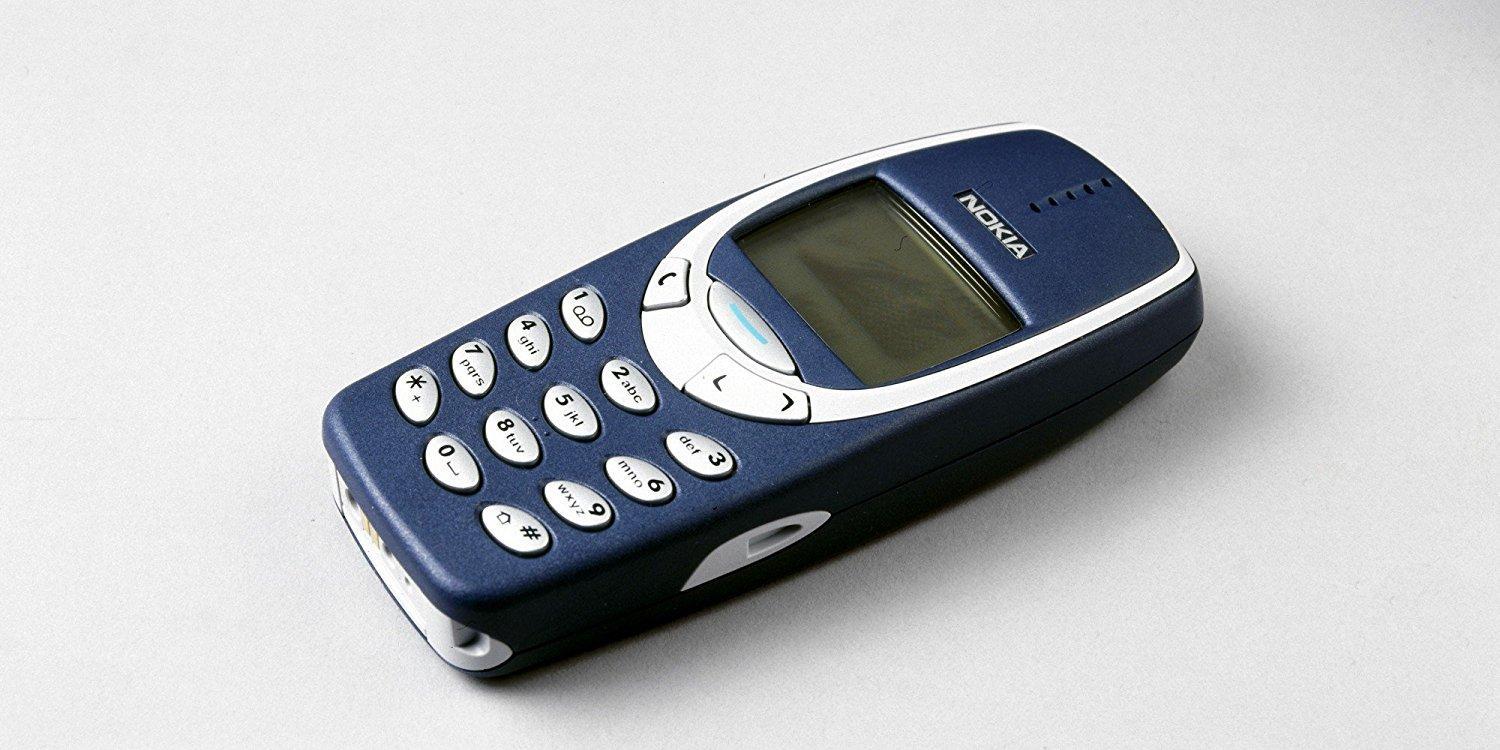The design tricks that made the Nokia 3310 world-beating
Nostalgic Nokia 3310 argued to have more benefits than today’s smartphone to be relaunched

Your support helps us to tell the story
From reproductive rights to climate change to Big Tech, The Independent is on the ground when the story is developing. Whether it's investigating the financials of Elon Musk's pro-Trump PAC or producing our latest documentary, 'The A Word', which shines a light on the American women fighting for reproductive rights, we know how important it is to parse out the facts from the messaging.
At such a critical moment in US history, we need reporters on the ground. Your donation allows us to keep sending journalists to speak to both sides of the story.
The Independent is trusted by Americans across the entire political spectrum. And unlike many other quality news outlets, we choose not to lock Americans out of our reporting and analysis with paywalls. We believe quality journalism should be available to everyone, paid for by those who can afford it.
Your support makes all the difference.The Nokia 3310 mobile phone has near iconic status. Released in 2000, it is among the best-selling phones of all time, with 126 million units produced. It was renowned for being virtually indestructible and for launching many of us onto the first rung of our connected lifestyles. Many people in their 30s and upwards remember it as the first cool phone they owned, or the phone their friends had that made them jealous.
Rumours have emerged that the phone is set for a relaunch, though this has yet to be confirmed by Nokia. But, with a wealth of extensive technology packed into today’s huge choice of ultra slim smartphones, is there really still a market for this Nokia relic?
Part of the appeal of the 3310 was its simplicity. Not all users desire a complex device that can perform hundreds of different functions, particularly older user groups. The fact that the 3310 performs calls and texts alone is likely still to be a selling point for a certain group of users.
But from a design perspective, the phone also followed several key rules of thumb, meeting the needs and wants of users (user-centred design), rather than forcing them to adopt new practices. The minimalist screen setup made it very easy to quickly interpret the phone’s battery and signal status, and there was little content so users didn’t have to remember complicated routes through menus. The phone itself was relatively aesthetically pleasing (for its time), and easily fit in a pocket, unlike many current large smartphones and phablets.
While for many of us, touchscreens are now the norm, for others, the swiping, pinching and selecting of icons is not intuitive and bears little resemblance to how they interact with the real world. Instead, the 3310 had appealing hard buttons that are smooth to the touch but provide good physical feedback and could be used without looking at them. And if you didn’t like the hard buttons, you could always customise them with the jelly versions that were available.
As mentioned, the 3310 was also known for its robustness. The delicate nature of current smart phones is well known thanks to the ubiquity of smashed screens and reports of iPhones bending in people’s pockets. This was just not the case for the 3310. One enthusiast has even claimed that his phone is still working perfectly after 17 years of use.

Not having to replace your phone would also appeal to users who place a premium on ethical considerations, as it means you use less energy and materials. The 3310 rarely needed charging compared to smartphones and has removable and replaceable parts. This has the added bonus of making it easier to clean and to customise – instead of phone cases you could buy a variety of 3310 body shells to personalise your phone. And this meant you could leave secret notes or passwords under the cover, as I used to do.
The other element of the phone many people probably remember is the beloved game, Snake. I’m sure many of you can recall hours spent on the school bus, or the train to work chasing apples around a tiny screen. Despite its limited graphics and ultra-simple gameplay, it definitely rivalled Angry Birds and Flappy Bird for its addictive nature.
Simple benefits
Snake aside, the features on the 3310 were of course very limited compared with phones with advanced touchscreens and other technology, and we know this is an important consideration for consumers. But as a result, a relaunched 3310 is also likely to be very moderately priced. And there’s another potential benefit.
I spoke to one user who has been using the Nokia 3310 for about ten years, and has had numerous identical handsets during this time (being prone to losing them). She highlighted that the phone limited her internet use in a way that she felt was good for her. “I find constant access to emails, social media and internet generally not great for my mental wellbeing,” she said. “I think smartphones kill some opportunities for social interaction or personal, quiet reflection.”
Studies have shown a link between smartphone overuse and depression, anxiety and poor sleep. So perhaps a phone like the 3310 would be a healthier choice for many of us.
For all the appeal of the 3310’s simple, user-centred nature, however, a relaunch is unlikely to make many people give up their smartphones. For a generation that is addicted to taking selfies, updating social media and knowing exactly how many minutes they are from home, the phone is unlikely to tick many boxes. After all, if durability and simplicity were that important, why would we have given up our treasured 3310s in the first place?
, Lecturer in User Centred Design, Aston University. This article first appeared on The Conversation (theconversation.com)
Join our commenting forum
Join thought-provoking conversations, follow other Independent readers and see their replies
Comments